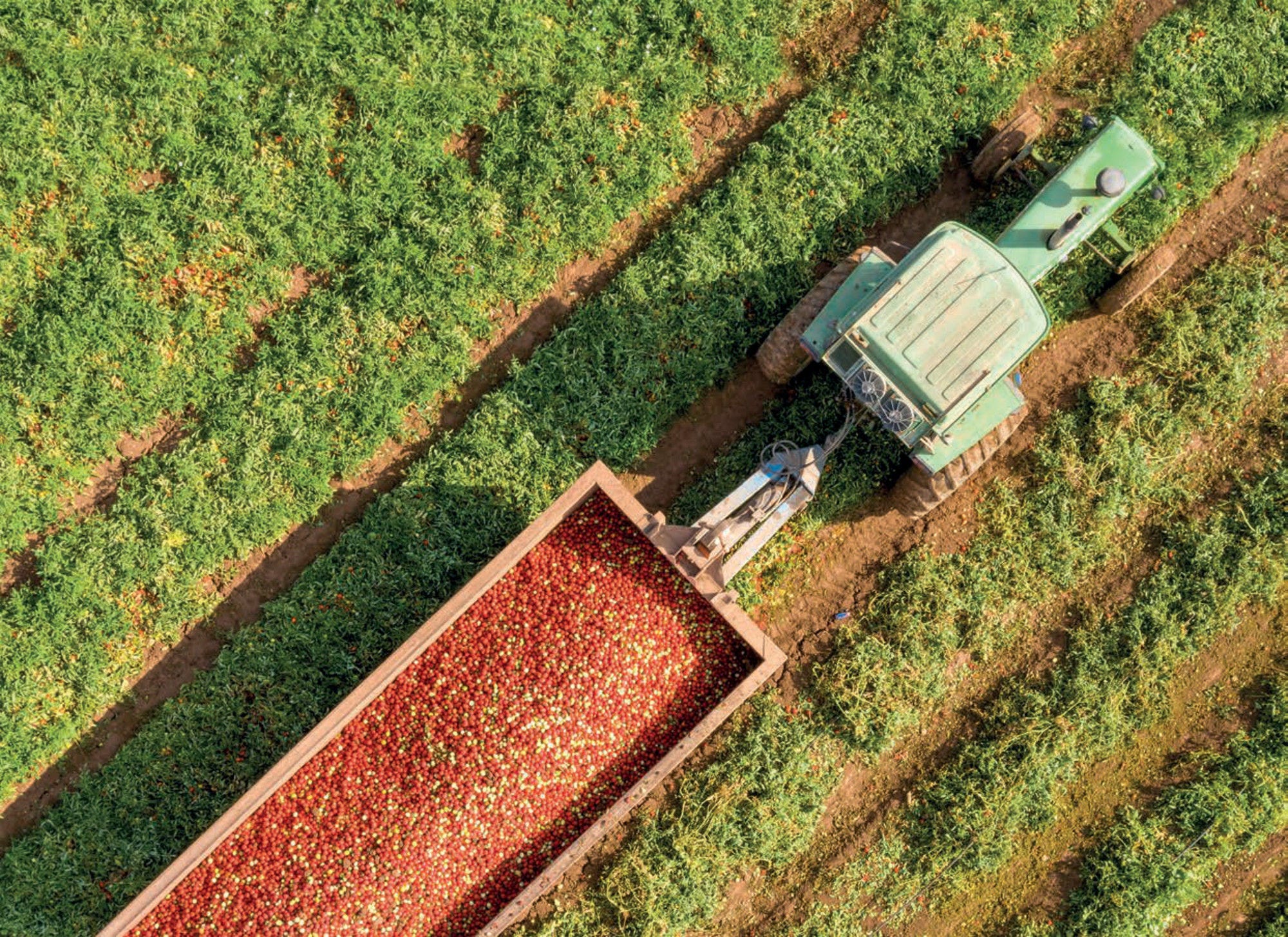Indonesia’s producer support to agriculture increased significantly in the 2000s, from 7.5% of gross farm receipts in 2000-02 to 21.3% in 2010. In the most recent decade, support as a share of gross farm receipts was relatively stable, reaching 21.1% in 2018-20. The largest component of agricultural support in Indonesia is market price support to producers, in line with the government focus on food sovereignty and self-reliance, with programmes aimed at achieving self-sufficiency in a number of staple products (rice, maize, soybeans, sugar and beef). Almost all producer transfers are potentially most-distorting, mainly market price support (including negative price support for palm oil), but also payments based on unconstrained variable input use.
Prices received by farmers were on average 25% higher than world prices, with large differences between commodities. Sugar, maize, poultry and rice had the highest shares of single-commodity transfers in gross farm receipts, all near or above 30%.
Indonesia has a large food assistance programme (BPNT) to support poor consumers based on electronic vouchers. But it is smaller than total market price support and consumers are penalised by agricultural policies with a negative Consumer Support Estimate of -26.7% of consumer expenditures at farm level.
Expenditures on general services for the sector (GSSE) focus mainly on infrastructure and public stockholding, and are small compared to producer support, representing 6.1% of the Total Support Estimate. Expenditures for GSSE relative to agricultural value-added were 1.3%, well below the OECD average. Total support to agriculture as a share of GDP increased in the last two decades from 1.3% to 2.5%, mainly driven by additional support to individual producers (PSE).







